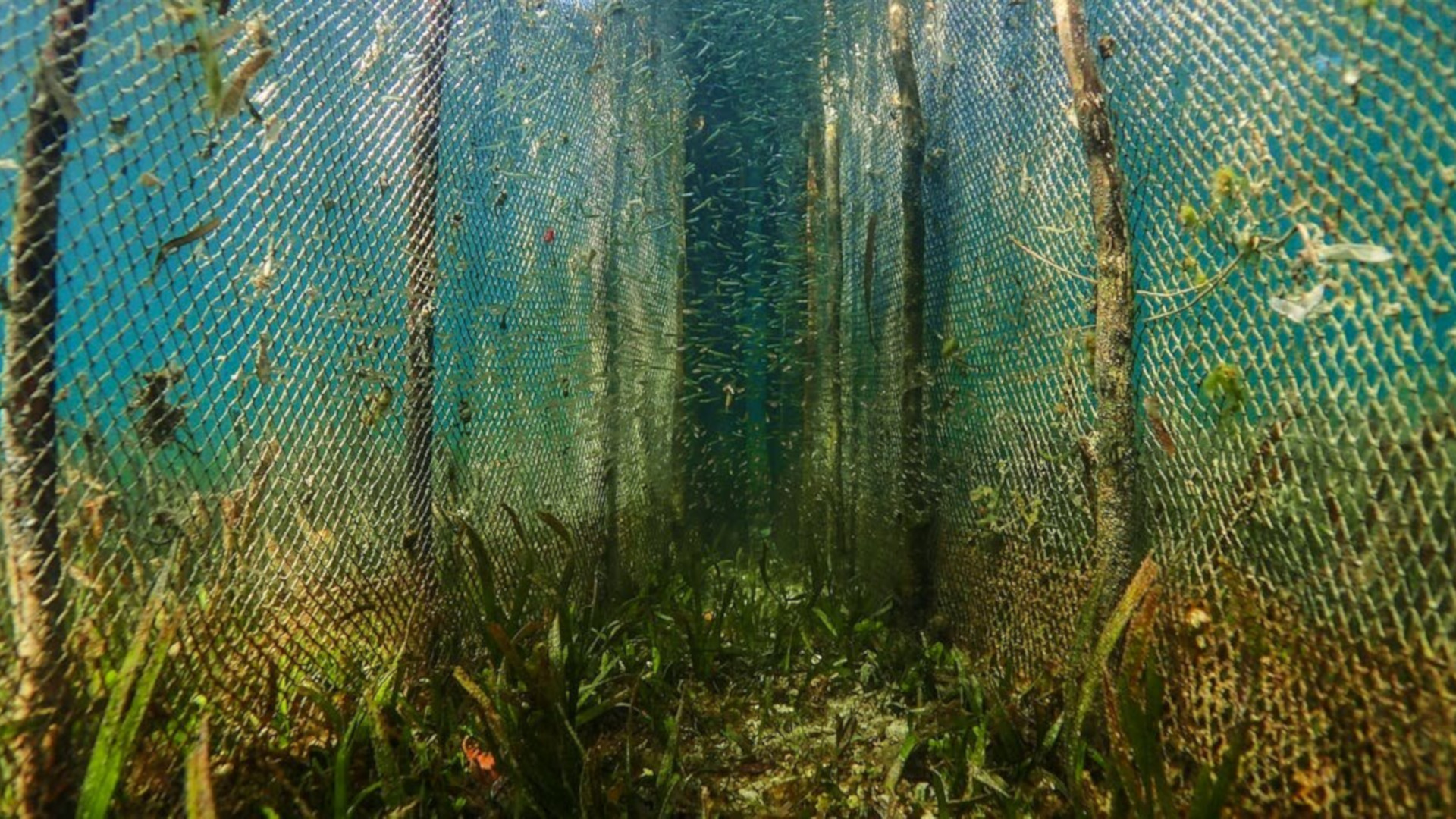A 15-year study of traditional fishing techniques has revealed a surprising threat to coastal ecosystems in the tropics: fish fences.
What’s a fish fence, you ask? They’re massive structures of mangrove wood and nets used to funnel and trap hundreds of species. The technique has been used for centuries, but the new research reveals that they’re actually quite damaging.
“These fences — which are common across the Pacific, Atlantic and Indian oceans — are so large they can be seen from space using Google Earth,” said Richard Unsworth from Swansea University, co-author of the study. “Because they are unselective, they catch more than 500 species, many as babies or which are of conservation concern. It’s not surprising that these fisheries are having a disastrous impact on tropical marine ecosystems such as seagrass meadows, mangroves and coral reefs.”
In the process they’re also harming human livelihoods and food supplies in areas dependent upon coastal fisheries.
The authors of the study recommend that local governments now restrict the use of fish fences as part of the goal toward ensuring sustainable fisheries. “But we have to move quickly,” the authors warn in an essay in The Conversation. “Every year that fish fences continue to be used so intensively brings us one step closer to the point of no return.”
To find out more about fish fences and the threats they pose, check out our video below.
![]()



